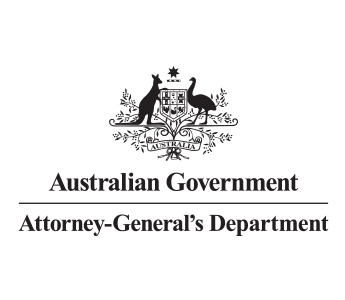Element 3: Practical to implement
Table of contents
What it means to be practical to implement: Policies must be actionable, with clear delivery mechanisms, resource allocation, and consideration of real-world constraints.
Being practical to implement through a fraud and corruption lens: Identify and embed practical solutions during the design process that proactively mitigate fraud and corruption impacts, while remaining feasible. This involves:
- Building in measures like identity verification, data matching, transparent reporting, compliance checks, and recovery mechanisms from the outset.
- Ensuring delivery mechanisms (e.g. digital platforms, procurement processes etc.) are
- resistant to manipulation or exploitation.
- Allocating resources not only for program delivery but also to prevent, detect and respond to
- non-compliance, misconduct, fraud and corruption.
There is no one solution to dealing with fraud and corruption. Instead, there are a range of options or solutions (technically known as ‘controls’) that can be put in place to reduce the probability of fraud or corruption occurring, or reduce their impacts when they occur.
The Fraud and Corruption Policy allows officials responsible for managing risks of fraud and corruption relating to an entity to determine what are reasonable and appropriate mechanisms for that entity. What is reasonable and appropriate will vary based on the nature and complexity of the fraud and corruption risks associated with the policy or initiative.
You should ask yourself: ‘Who can help me identify solutions that are practical to implement and have the best chance of preventing or reducing the chance of fraud and corruption?’
What this looks like in action
Early collaboration is key. Trying to develop and implement solutions late in the design process or post-implementation can be challenging, costly and limit their effectiveness.
There is a wealth of knowledge and experience you can access, including from those who have dealt with similar situations in the past. The Commonwealth Fraud Prevention Centre can help coordinate collaborative effort by connecting officials with available resources, capability and contacts across the Australian Government.
Key resources to help you identify solutions that are practical to implement include:
- Countering Fraud and Corruption by Design Toolkit: this provides further guidance on how to effectively consider the risks of fraud and corruption when designing and implementing new government initiatives.
- Business Process Mapping Guide and Template: this can help you identify weaknesses in processes or controls early, allowing you to design the policy or initiative in a way that appropriately reduces these risks to the policy outcomes.
- Fraud Control Catalogue: this includes over 70 different types of controls that you can build into the design of a policy or initiative to help prevent, detect and respond effectively to fraud and corruption. Some examples are included under Appendix B.

